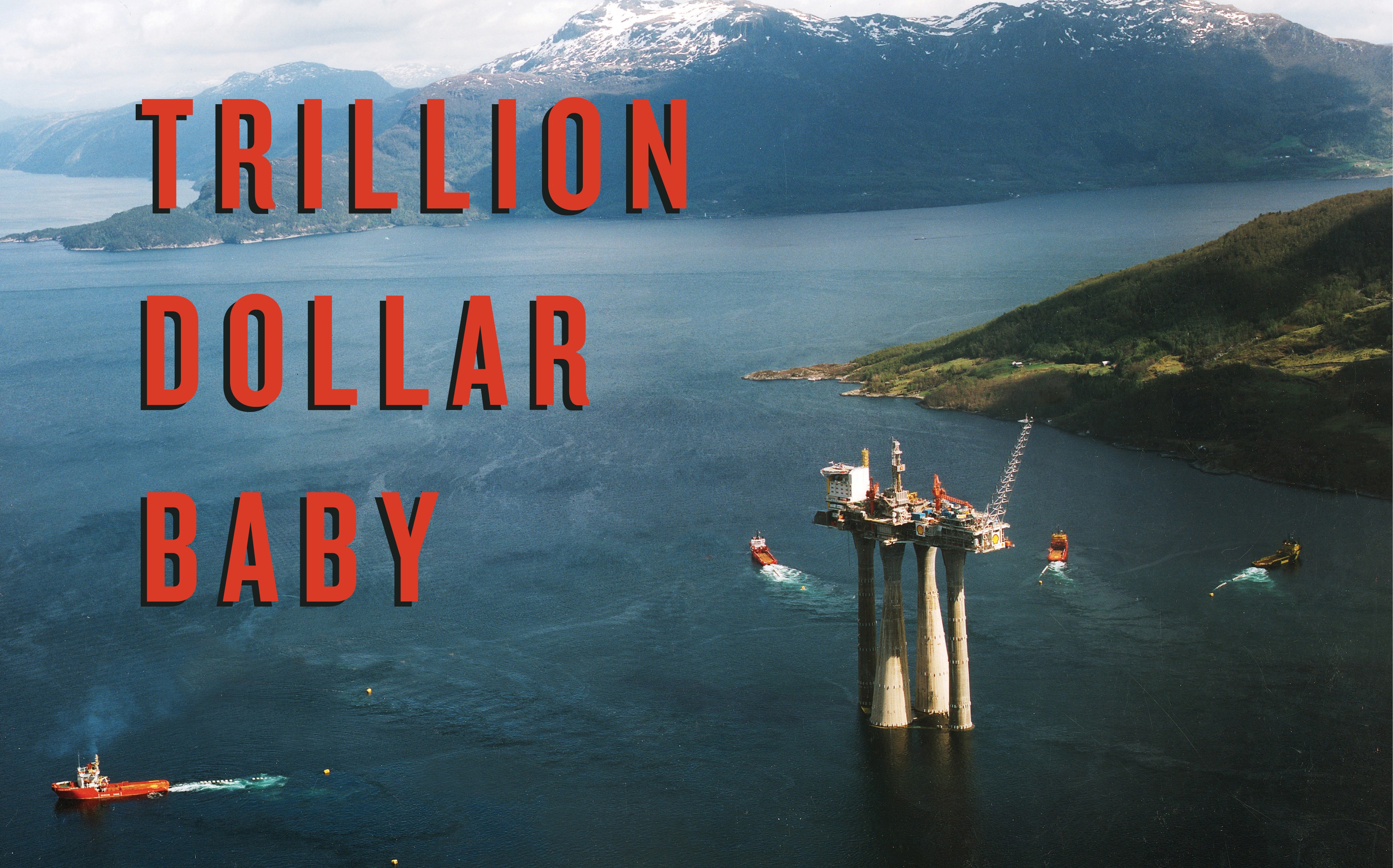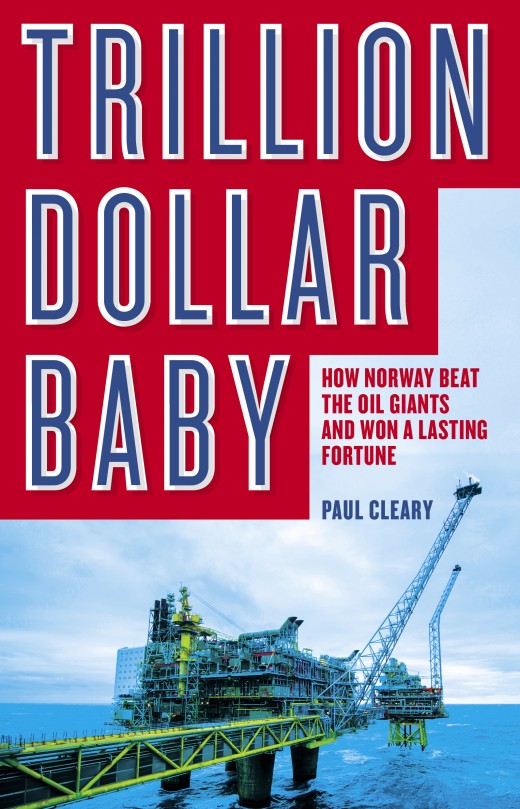News

News > News
Is Norway the world’s smartest small country? Quite possibly.
I’ve been mulling over three of Norway’s achievements after finishing my book Trillion Dollar Baby. They involve Norway’s role in defeating the Nazis in WWII, and in defeating communism. Its more recent success in managing its resource wealth is the third big achievement. When you put the three together, Norway is an interesting case study in the effectiveness of small countries. Here they are in detail:
Norway and the Second World War
With a population of just 3 million, Norway did more than its fair share of fighting in WWII. The country’s built up a 40,000-strong resistance army, Milorg, which proved to be very effective in launching precision strikes against the Nazis. In February 1943, a team of nine Norwegians scaled a 100-metre precipice and blew up the stock of heavy water that was destined for Germany’s atomic bomb program. When this proved to be a temporary success, Milorg was then able to destroy a shipment of heavy water which was destined for Germany. And during the Battle of the Bulge, Milorg launched an all-out offensive in December 1944 which stemmed the flow of German reinforcements to the front line. Milorg was led by the lawyer Jens Christian Hauge; Hauge rose to prominence later.
Trolling the Soviets
In 1979, the same year that the Soviet Union invaded Afghanistan, Norway discovered a giant gas field which became known as Troll. President Ronald Reagan made development of Norwegian gas a major priority in a national security directive in1982, but getting the gas onshore would be a Herculean task. Troll was located in 300m of water and its development involved building four concrete towers which were taller than the world’s biggest building at the time, andthen towing them out to sea. The future gas supply from this new field knocked out Soviet gas sales to Western Europe, which were the USSR’s main source of foreign exchange at the time. When the 1 million tonne platforms were towed out to sea in1997, a former Norwegian embassy official in Washington sent copies of a photo to William Martin, the former secretary of the National Security Committee, who then ensured that President Ronald Reagan received one of the photos as well. While Reagan was in the final years of his life at the time, Martin reminded Reagan that his sanctions on Soviet pipelines to the West and emphasis on developing Norwegian gas was one of his greatest foreign policy achievements. (In fact, the sanctions were withdrawn when the Troll field was approved for development.) This was, Martin wrote, ‘one of the major contributors to the rapid decline of the former Soviet Union’. That’s why I called the chapter on these events ‘Trolling the Soviets’.
Showing the world how to wisely manage natural resources
When Norway discovered oil in1969, its per capita income was about the same as that of Greece, and most of its export income came from fishing and forestry. Despite knowing next to nothing about this industry at the time, Norway has put in place the best system in the world to ensure that extracting non-renewable resources would achieve long-run benefits and minimal disruption to the domestic economy. Norway stood up for itself and became the master rather than the servant of Big Oil. It did this in three key ways. With some sage advice from a group of strategists led by Hauge, Norway adopted a similar strategy to the way its resistance army fought in WWII. This involved taking control and acting in a measured way, unlike the UK which launched an all-out oil boom. Norway took time to ensure that Big Oil partnered with local industry and invested in know-how and technology. A program of sending geologists and engineers to work in foreign oil firms became like a fifth column that garnered valuable information on how the industry worked. This helped Norway to become a world leader in offshore technology. Norway introduced a super-profits tax so that it would directly share in the huge profits that oil companies were making at the time. And finally, Norway introduced what I call its “cake and eat it” policy which gave the Norwegian state a direct stake in oilfields should they prove to be a bonanza. The option cost the government nothing during the exploration phase, but it allowed the government to opt in should the field prove lucrative. These last two policies have funnelled a tsunami of revenue into the national coffers, which have been astutely invested in a foreign currency future fund now worth around $US870 billion. This fund now operates like a money spinner on auto-pilot. When oil prices plunge, the kroner also falls andthis increases the local currency value of these assets. Many resource rich nations could learn a great deal from Norway.
Share this post
About the author
Paul Cleary began his career with Fairfax, leading to a decade of economic policy reporting in the Canberra press gallery. After studying in the UK as a Chevening Scholar, he became an adviser to Timor-Leste on resource negotiations. His work has focused on resource conflicts and policy, and his books include Trillion Dollar Baby, Mine-Field, Shakedown and Too Much Luck, which The New Yorker described as a ‘fierce, concise book’ that investigated how the resources …
More about Paul Cleary




